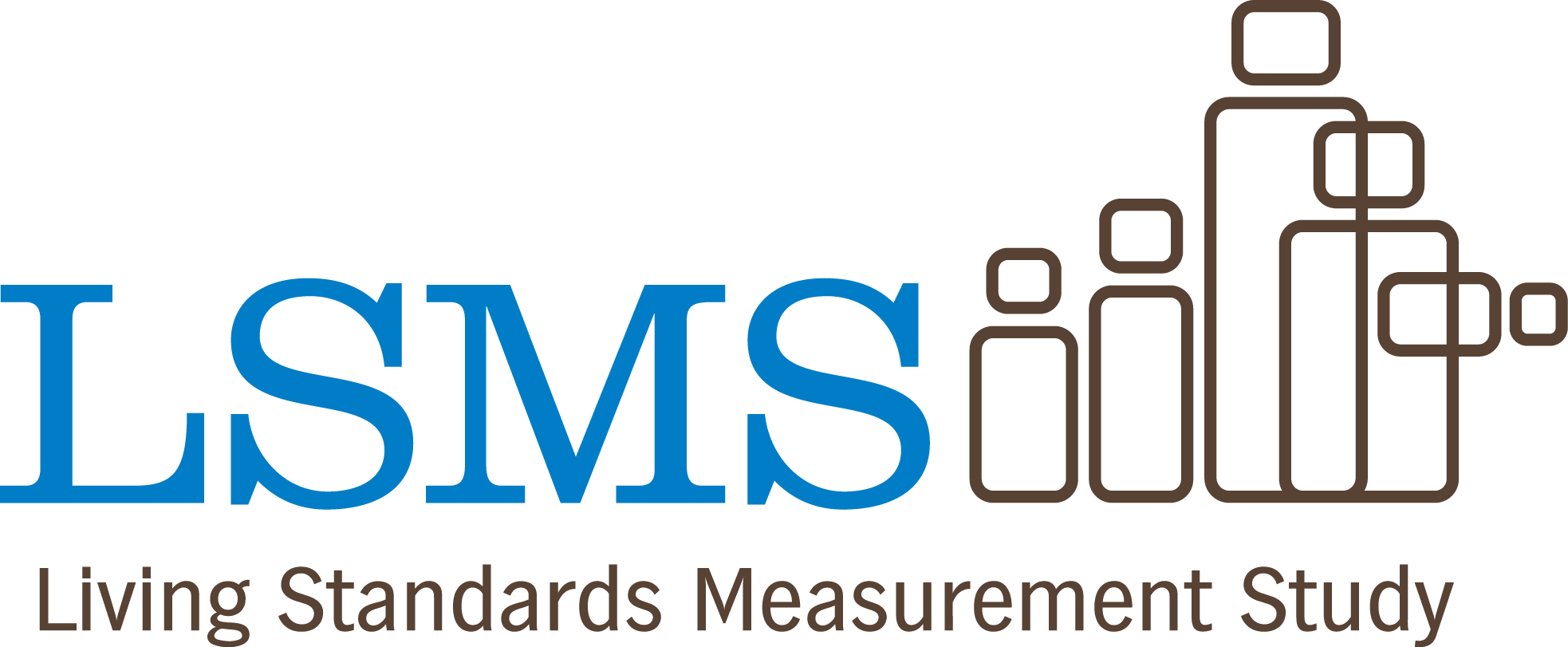|
Data collection mode
|
The way survey data are collected. Traditionally, most surveys were conducted using PAPI, Paper Assisted Personal Interviewing, where responses were recorded on paper questionnaires and entered centrally after fieldwork. In, CAFE, Computer Assisted Field Entry, data entry happens in the field during fieldwork, usually to allow timely computer assisted data checks. In CAPI mode, interviewers record responses of a personal interview in an electronic questionnaire form on a phone or tablet. In CATI mode, Computer Assisted Telephone Interviewing, interviews are conducted over the phone and responses recorded in an electronic questionnaire on a computer, tablet or phone.
|
|
Data monitor
|
The role of those conducting quality assurance checks of incoming fieldwork data.
|
|
Field practice
|
Visits to households during fieldwork training, so that trainees can practice interview techniques.
|
|
Final field test
|
Visits to households for practice interviews at the end of fieldworker training, to assess the trainees’ readiness for fieldwork, which often also serves as a final test of all survey instruments and protocols.
|
|
Household
|
Composed of one person or multiple people, a household is often defined using a combination of criteria, such as time spent in the household, the pooling of resources, and communal eating habits. Household members may be related or unrelated or a combination of both. It is important to note that the concepts of family and household, though they overlap, are not the same.
|
|
Interview
|
The act of interviewing a respondent or a completed questionnaire with responses recorded.
|
|
Interview mode
|
The way interviews are being conducted, usually in person, over the phone, or self-administered.
|
|
Pilot
|
The testing exercise conducted prior to fieldwork training to establish full functionality of survey instruments and protocols.
|
|
Pilot
|
A more extensive test (than a pre-test), which involves implementing the questionnaire in its entirety in the field with a small subset of households. Pilots are conducted to ensure that the wording of questions reliably elicits the desired information from respondents, as well as to test overall fieldwork coordination, supervision, and logistics, including the length of interviews, expected field schedule, estimated budget, and so on.
|
|
Pre-test
|
Evaluates the software (CAPI or the data entry program, if using PAPI) to ensure that survey data are entered correctly, the questionnaire flow is consistent, and data checks are complete. This can be done with a very small sample – even just a handful of households – as long as all the modules are administered.
|
|
Questionnaire
|
A questionnaire is a research instrument consisting of a series of questions for the purpose of gathering information from respondents.
|
|
Survey
|
A survey is the process of collecting, aggregating, and analyzing the responses from those questionnaires.
|

